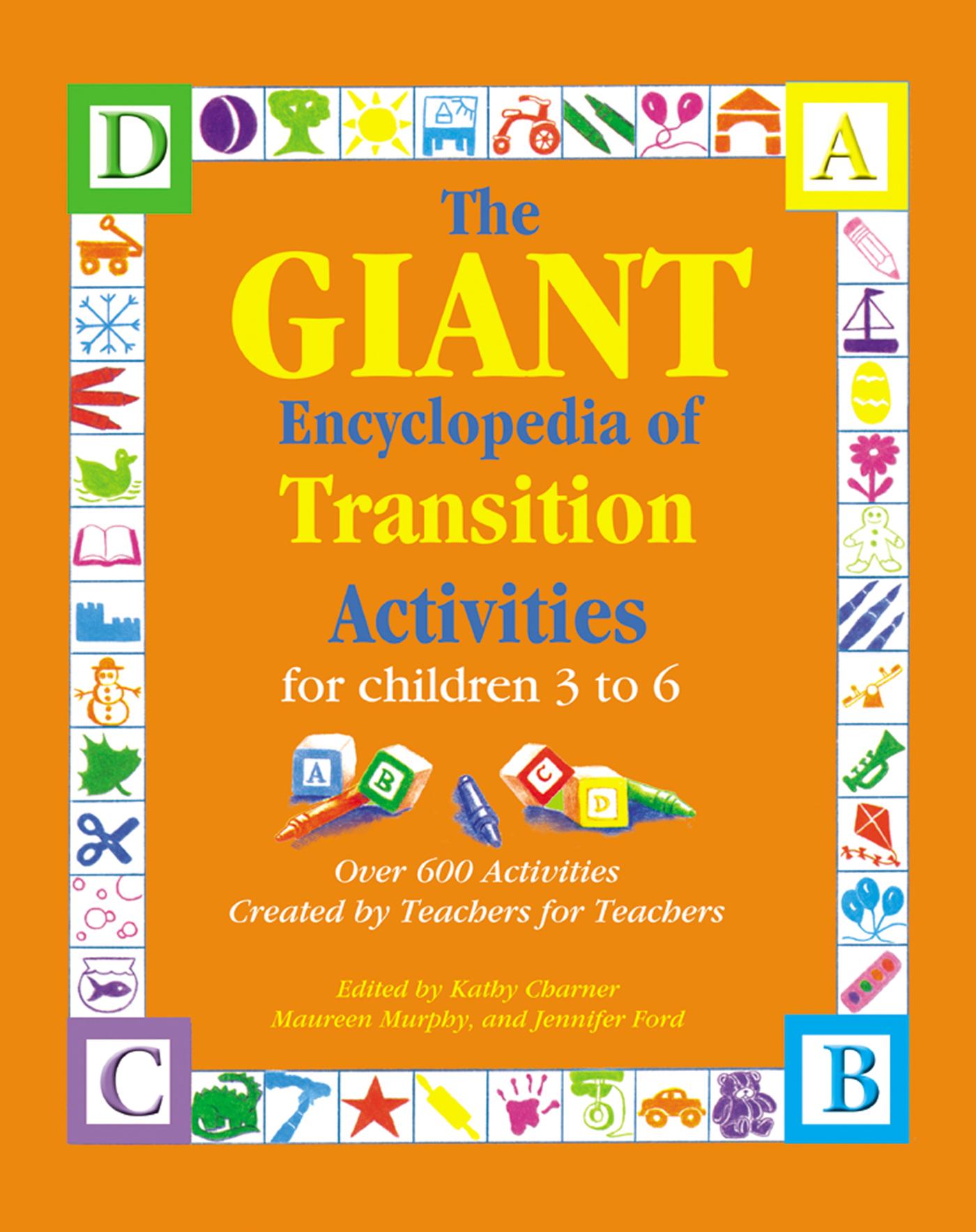Materials
none
Instructions
1. To help children transition to nap time, talk about their goodnight rituals. Do
they brush their teeth? Read a story?
2. Introduce the book by Jane Yolen. Show the children the cover. Ask the
children how they think dinosaurs say goodnight. Read the story.
3. Ask the children to pretend to be dinosaurs. Play music and walk around like
big dinosaurs. Ask them to lie down and pretend to sleep when the music
stops. When it starts, they may get up and walk around again.
4. Each time the "dinosaurs" are sleeping, tap one or two children on the
shoulder and dismiss them to wash their hands or go to the nap area.
More to do Art: Make "window dinosaurs" with contact paper. Cut out a stencil of a
dinosaur large enough to fit on an 8 1/2 " x 11" page. Cut a piece of contact paper
the same size for each child and put it on the table sticky side up. Invite the
children to cover the contact paper with green items, such as tissue paper,
feathers, sequins, beads, and so on. Make sure there are open spots on the
paper, too. When finished, place a clean sheet of contact paper on top to seal
the items. Use the stencil to cut the dinosaur shape. Hang them in the window.
Fingerplays, Songs, and Rhymes: Use dinosaur stick puppets or act out this
favorite rhyme with a little twist:
There were ten in the bed and the BIG one said, "Roll over, roll over."
They all rolled over and one fell out...
Science: Make "dinosaur eggs." Buy small plastic dinosaurs, enough for the
whole class. Put each in a small wax-coated paper cup. Fill each cup to the top
with Plaster of Paris. Let them harden for one day, then tear off the paper cups
and let them dry completely. Don't be concerned that it is not exactly eggshaped,
and if a bit of dinosaur is sticking out, tell the children their egg is
starting to "hatch." Give the children the eggs, plastic bags, and various items to
make nests, such as rocks, yarn, straw, and sand. Invite each child to choose an
egg and make a nest by putting items in the plastic bag. Put the egg in the bag
with a note and send it home. In the note, invite parents to help hatch the egg
by tapping it gently with a hammer. If they are very careful, the plaster will stay
in large pieces and leave the impression of the dinosaur. This can lead to a
discussion on fossils. You may also dictate a story about the dinosaur. What is
her name? What does she eat?
